KEEP UP WITH OUR DAILY AND WEEKLY NEWSLETTERS
PRODUCT LIBRARY
watch our livestream talk with BMW Design at 19:15 CEST on monday 15 april, featuring alice rawsthorn and holger hampf in conversation.
connections: +300
the solo show features five collections, each inspired by a natural and often overlooked occurence, like pond dipping and cloud formations.
discover our guide to milan design week 2024, the week in the calendar where the design world converges on the italian city.
connections: 31
'despite dealing with health-related setbacks, gaetano remained positive, playful and ever curious,' pesce's team said in a post confirming his death.
connections: +130
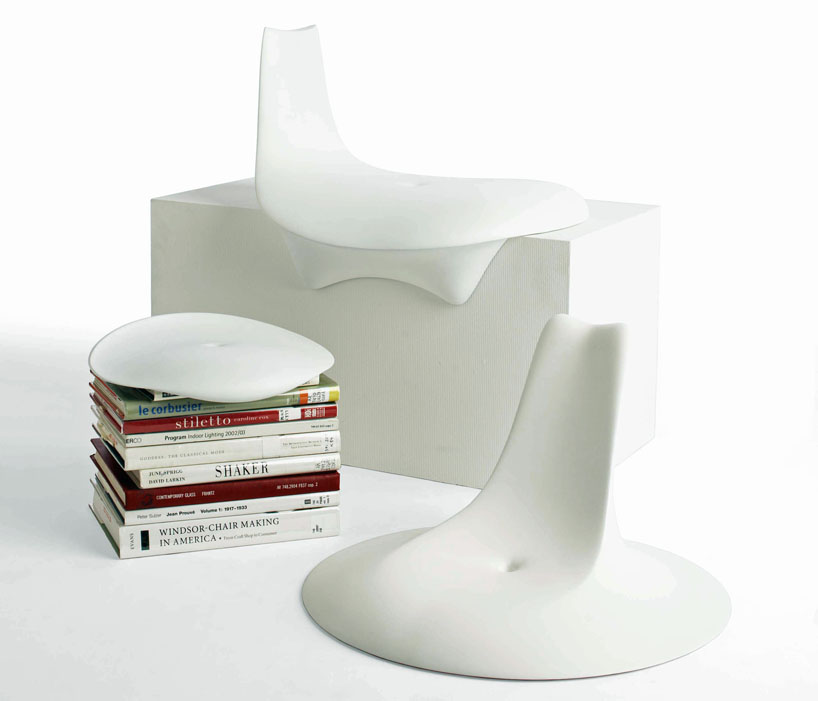
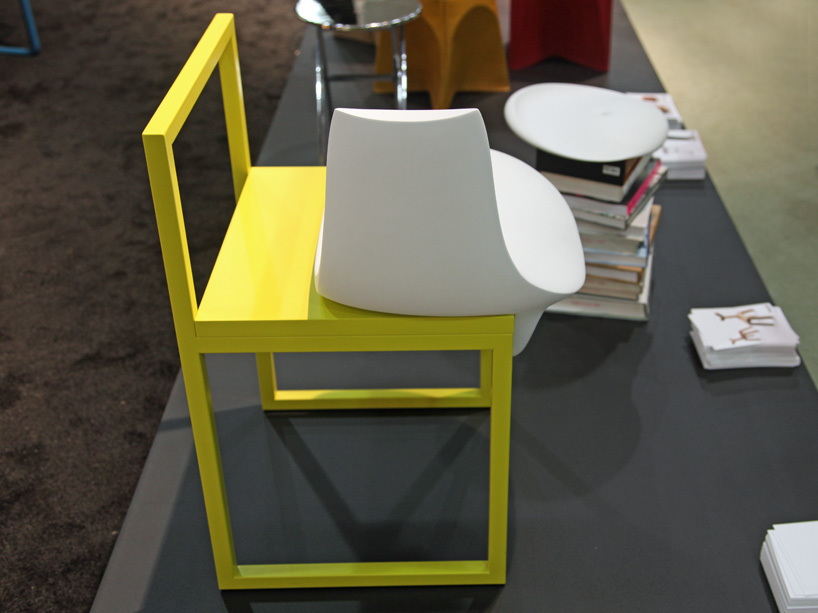 side view of ‘chair with belly button’, as used on a metal chair, with a second model used on a pile of books in the background image © designboom
side view of ‘chair with belly button’, as used on a metal chair, with a second model used on a pile of books in the background image © designboom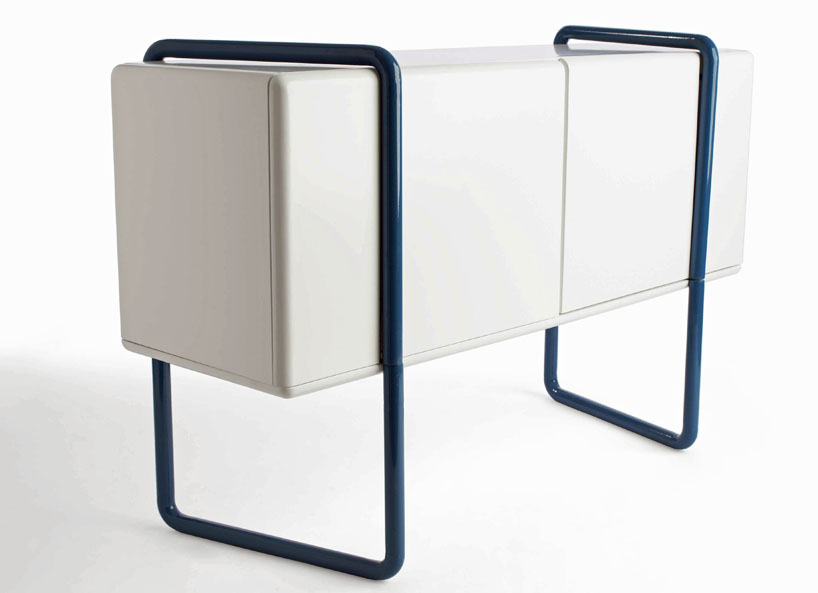 ‘dmc-12’ by edward hale image © armando rafael
‘dmc-12’ by edward hale image © armando rafael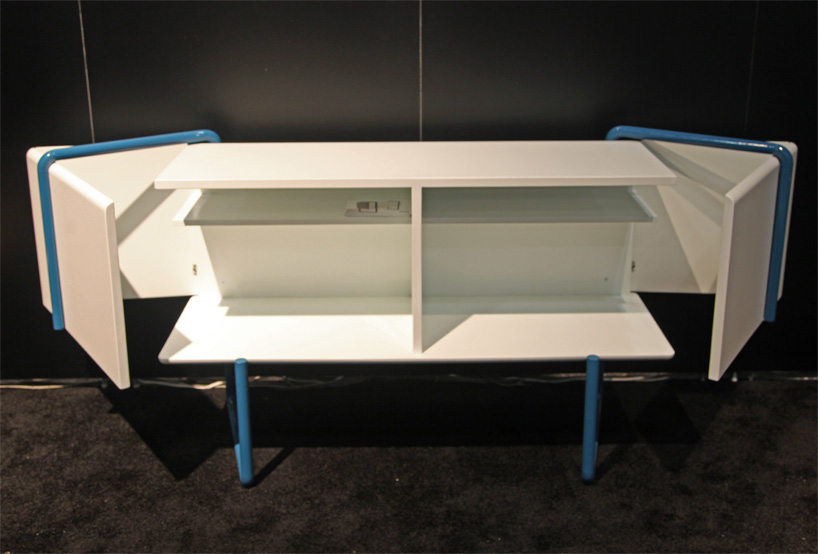 full view of ‘dmc-12’ open image © designboom
full view of ‘dmc-12’ open image © designboom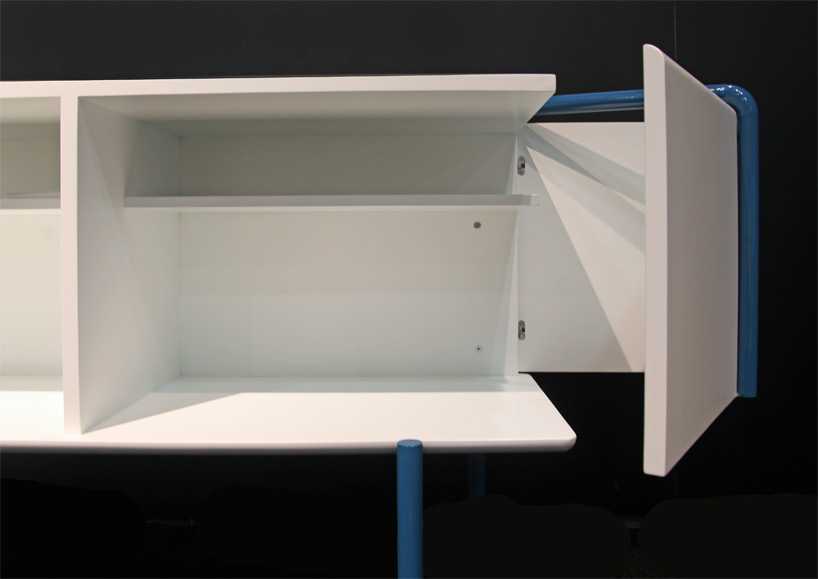 closer view of ‘dmc-12’ image © designboom
closer view of ‘dmc-12’ image © designboom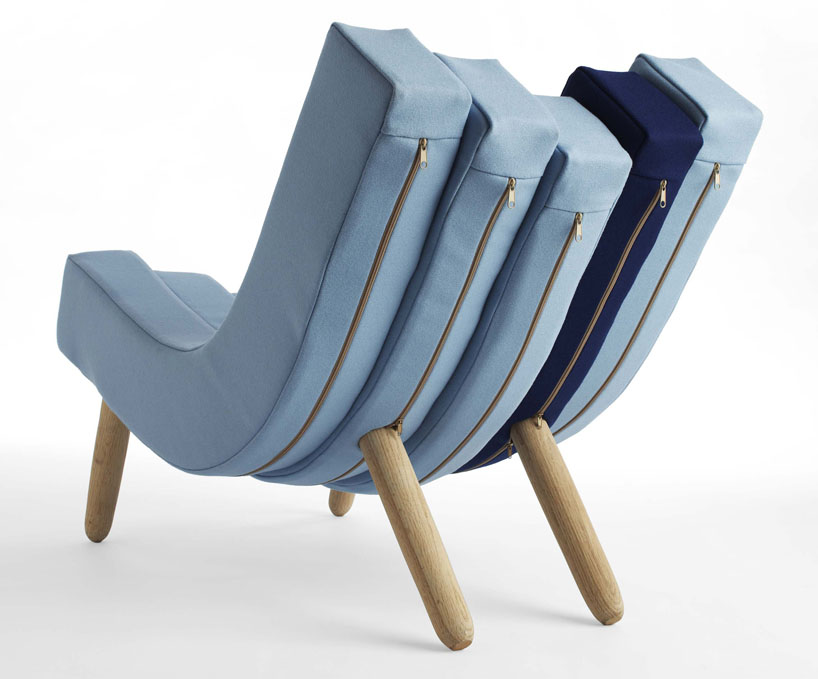 ‘the modularity’ by kyung ho chang, rear view image © armando rafael
‘the modularity’ by kyung ho chang, rear view image © armando rafael view of ‘the modularity’ on display at the ICFF
view of ‘the modularity’ on display at the ICFF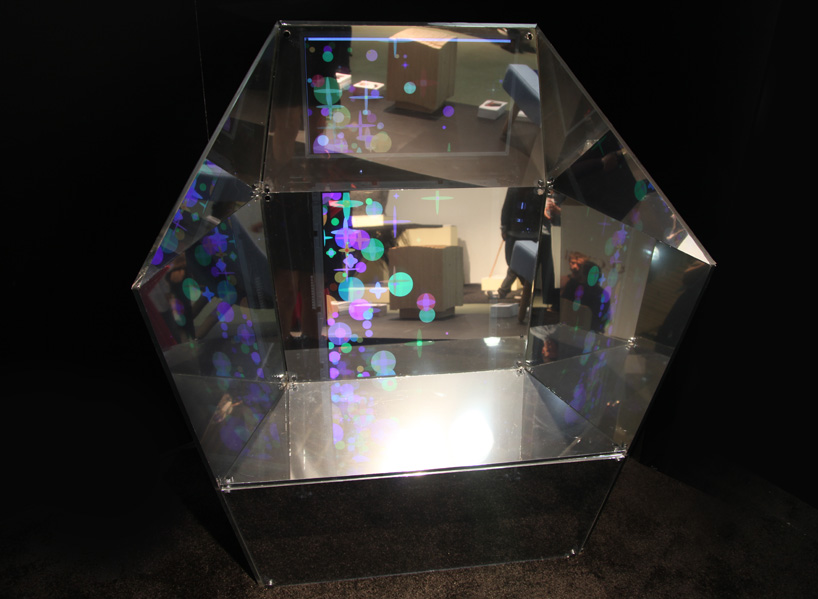 ‘reflexion’ chair by arnold chu image © designboom
‘reflexion’ chair by arnold chu image © designboom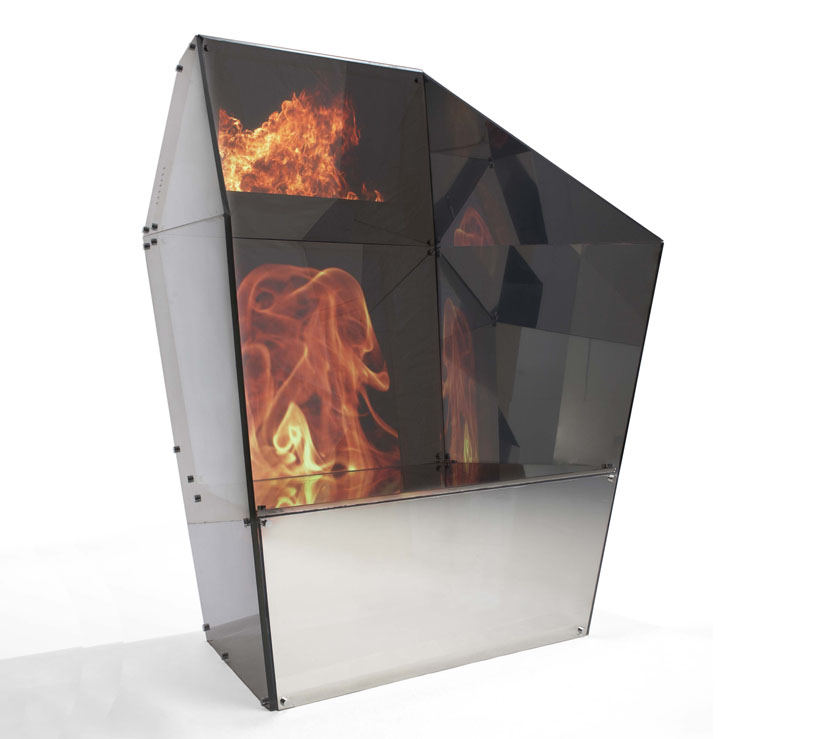 the appearance of the chair can change completely by displaying a different image or video on its embedded LCD panels image © armando rafael
the appearance of the chair can change completely by displaying a different image or video on its embedded LCD panels image © armando rafael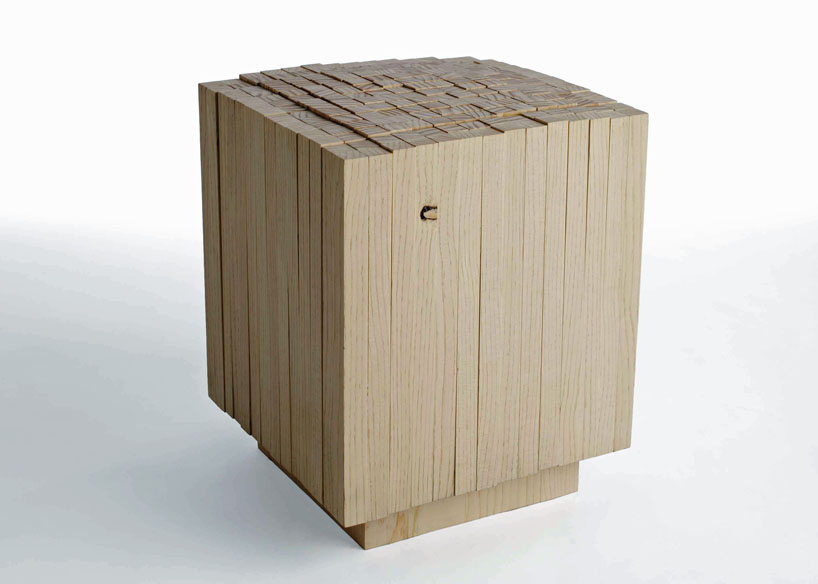 ‘bundle stool’ by elizabeth joy wong image © armando rafael‘bundle stool’, created by american designer
‘bundle stool’ by elizabeth joy wong image © armando rafael‘bundle stool’, created by american designer 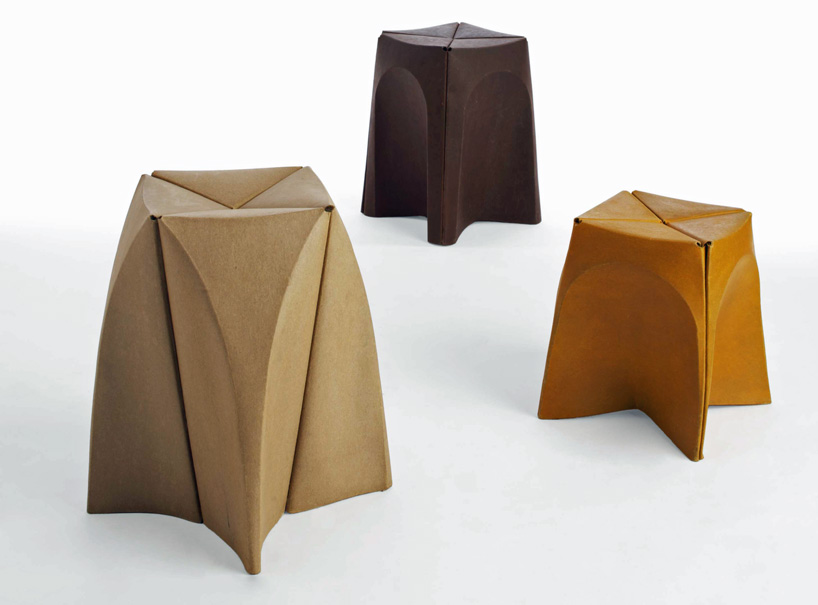 ‘chipboard stools’ by dana oxiles image © armando rafael
‘chipboard stools’ by dana oxiles image © armando rafael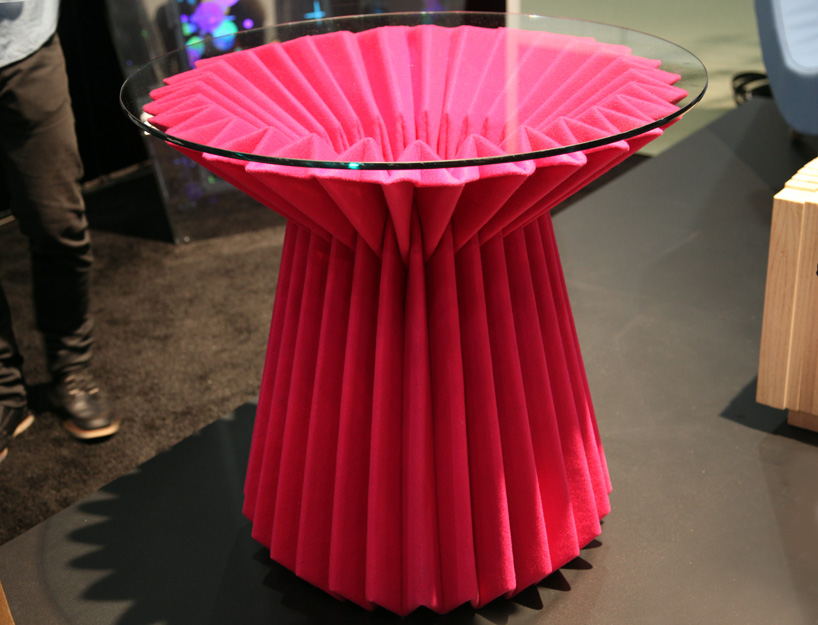 ‘folded felt table’ by li-rong liao image © designboom
‘folded felt table’ by li-rong liao image © designboom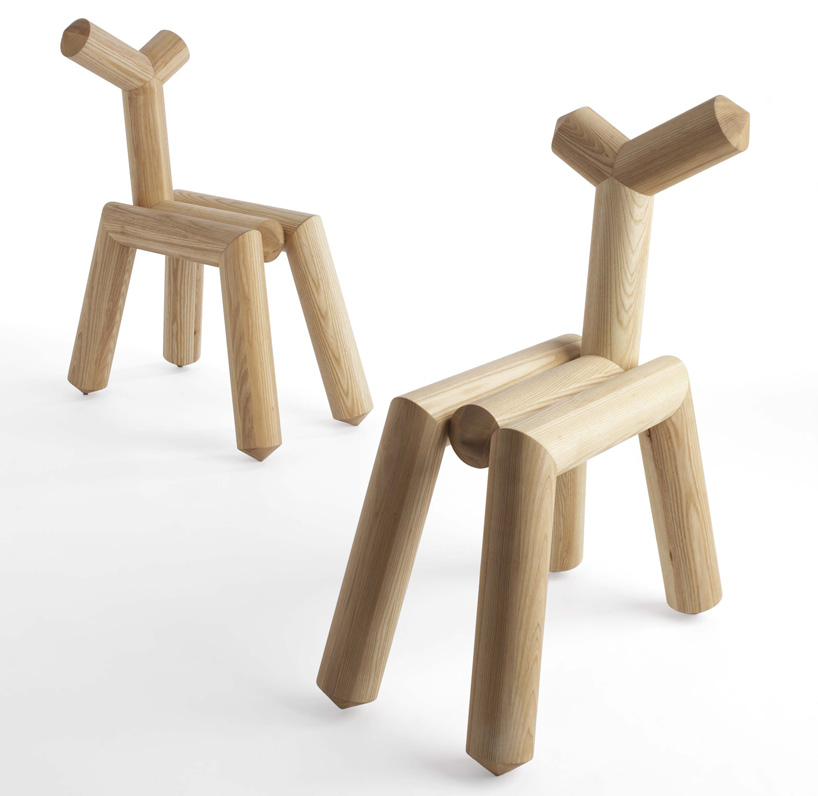 ‘timbre chairs’ by jesse trentadue image © armando rafael
‘timbre chairs’ by jesse trentadue image © armando rafael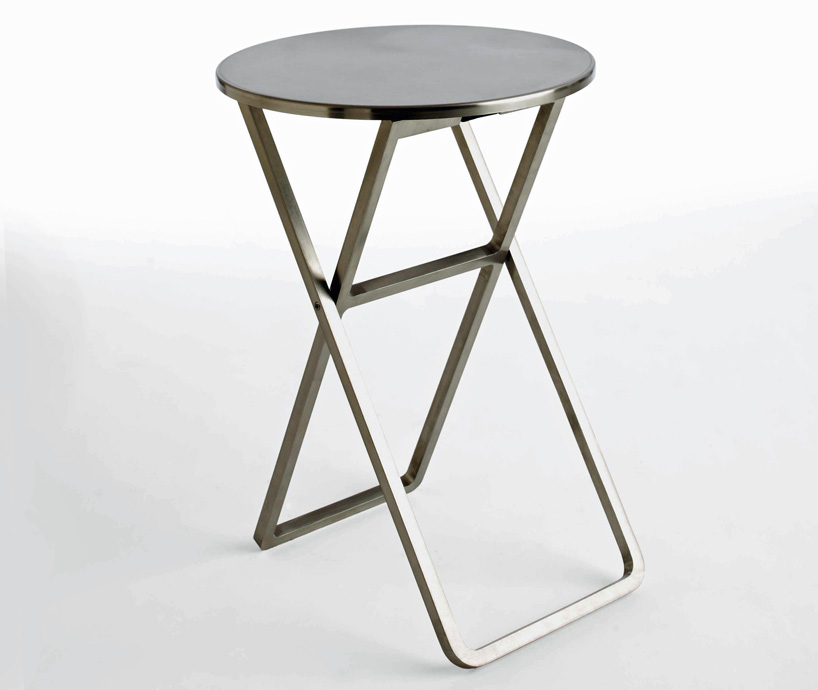 ‘hk-stool’ by chun chun image © armando rafael
‘hk-stool’ by chun chun image © armando rafael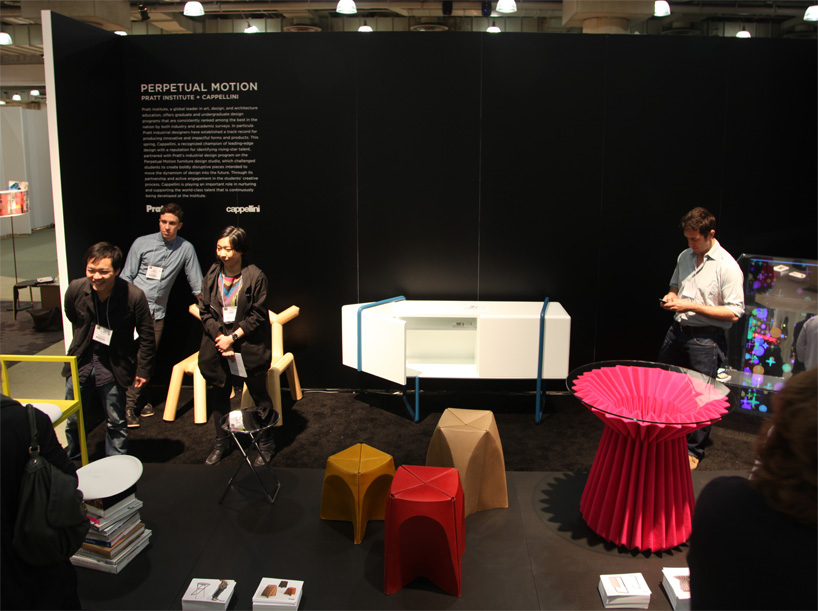 view of the exhibition during the ICFF 2011 image © designboom
view of the exhibition during the ICFF 2011 image © designboom





